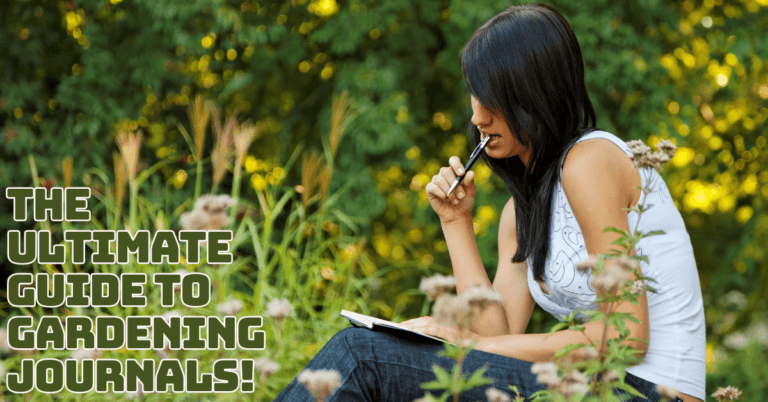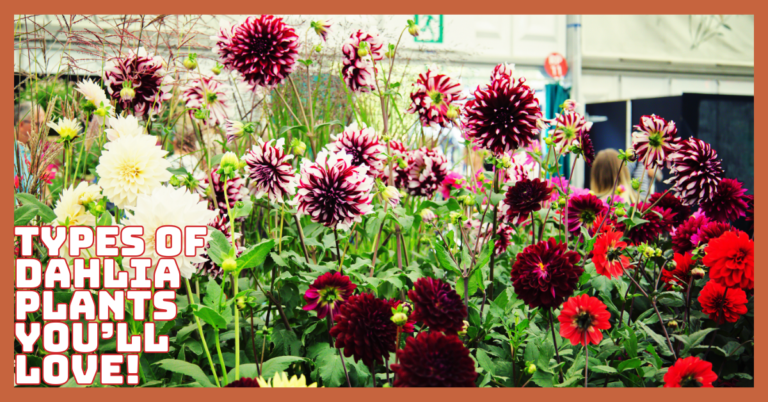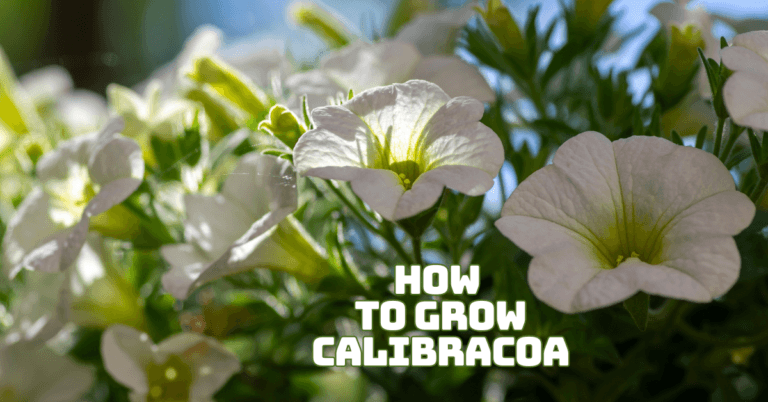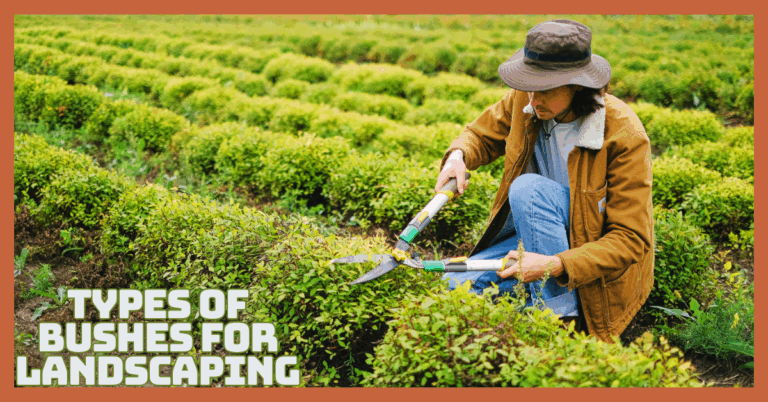Best Gardening Lessons For Beginners
Best Gardening Lessons For Beginners
Starting a gardening adventure can improve your outside areas, health, and sense of connectedness to the natural world.
For beginners, gardening offers a rewarding venture into cultivating life, witnessing growth, and revelling in the beauty of nature's bounty.
This article aims to lay the groundwork for those new to this green-thumbed hobby, providing essential gardening lessons to help them grow a flourishing garden.
This article provides critical gardening lessons for beginners, paving the way for a flourishing garden adventure filled with growth, beauty, and connection to the natural world.
We'll dive into the basics of plant care, including watering techniques, the importance of sunlight, and how to recognize and combat common pests and diseases.
Growing a garden that expresses your style and nourishes your spirit involves more than just sowing seeds.
Whether you have a sprawling backyard or a modest balcony space, this article will equip you with the knowledge to start your gardening journey on the right foot, ensuring that your garden has been a source of joy and tranquillity for years.
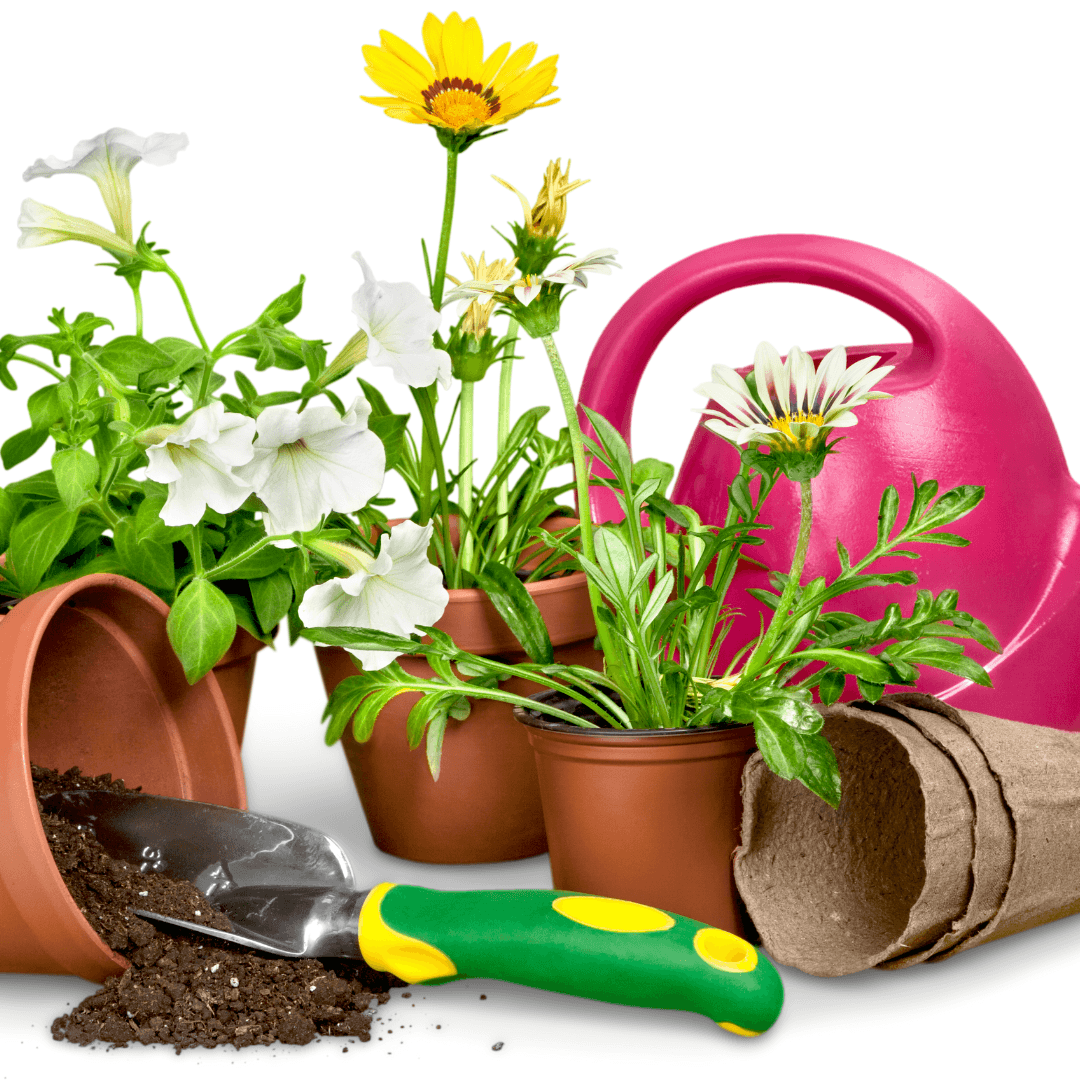
Introduction To Gardening
Gardening is a timeless practice that connects individuals with nature. It allows them to cultivate and nurture plants for beauty, sustenance, and well-being.
At its core, gardening involves the art and science of growing and caring for plants, whether in a backyard plot, community garden, balcony container, or indoor space.
It's a fulfilling and enriching activity that offers numerous benefits to individuals and the environment.
First and foremost, gardening provides a sense of connection to the natural world. Amidst the hustle and bustle of modern life, tending to plants offers a peaceful retreat, allowing individuals to escape into the tranquillity of their green spaces.
Whether digging in the soil, planting seeds, or watching plants grow and flourish, gardening provides a therapeutic outlet for reducing stress, promoting mindfulness, and fostering a sense of calm and well-being.
Beyond its mental and emotional benefits, gardening is also deeply rewarding. A profound sense of satisfaction comes from nurturing a tiny seed into a thriving plant, from witnessing the miracle of growth and transformation firsthand.
Whether it's the vibrant blooms of flowers, the bounty of homegrown vegetables, or the lush foliage of houseplants, gardening allows individuals to create beauty and abundance in their surroundings.
Moreover, gardening offers practical benefits that extend far beyond the garden gate. Growing one's food provides access to fresh, nutritious produce and promotes self-sufficiency and sustainability.
By cultivating a deeper understanding of where our food comes from and the effort required to grow it, individuals can develop a greater appreciation for the natural world and make more informed choices about their diet and lifestyle.
Additionally, gardening has a positive impact on the environment. Green spaces contribute to biodiversity, providing habitats for wildlife and supporting essential ecosystem services such as pollination and soil fertility.
By creating gardens filled with native plants, individuals can help conserve local biodiversity and create havens for bees, butterflies, birds, and other beneficial creatures.

1. Choosing The Right Plants For Your Garden
Choosing the correct plants for your garden is important, especially if you're starting.
Fortunately, many options are perfectly tailored to novices, offering low-maintenance beauty and resilience against various environmental conditions.
For gardening lessons for beginners, it's essential to prioritize plants suited to your climate and soil type, ensuring they thrive with minimal maintenance and intervention.
Consult local gardening resources or visit a nearby nursery for guidance on which plants are well-suited to your area.
Look for resilient varieties known for their adaptability and ease of care, such as native species or drought-tolerant perennials.
These plants are often more forgiving of beginner mistakes and require less frequent watering and maintenance.
Additionally, prioritize low-maintenance plants that can thrive with minimal attention, such as succulents, ornamental grasses, and hardy shrubs.
These resilient options simplify the gardening process and offer long-lasting beauty and interest throughout the seasons.
Remember to consider factors like sunlight exposure and space constraints when selecting plants, ensuring they have the conditions to thrive in your garden.
By choosing plants thoughtfully tailored to your climate, soil type, and level of expertise, you'll set yourself up for success and enjoy a flourishing garden brimming with beauty and vitality.
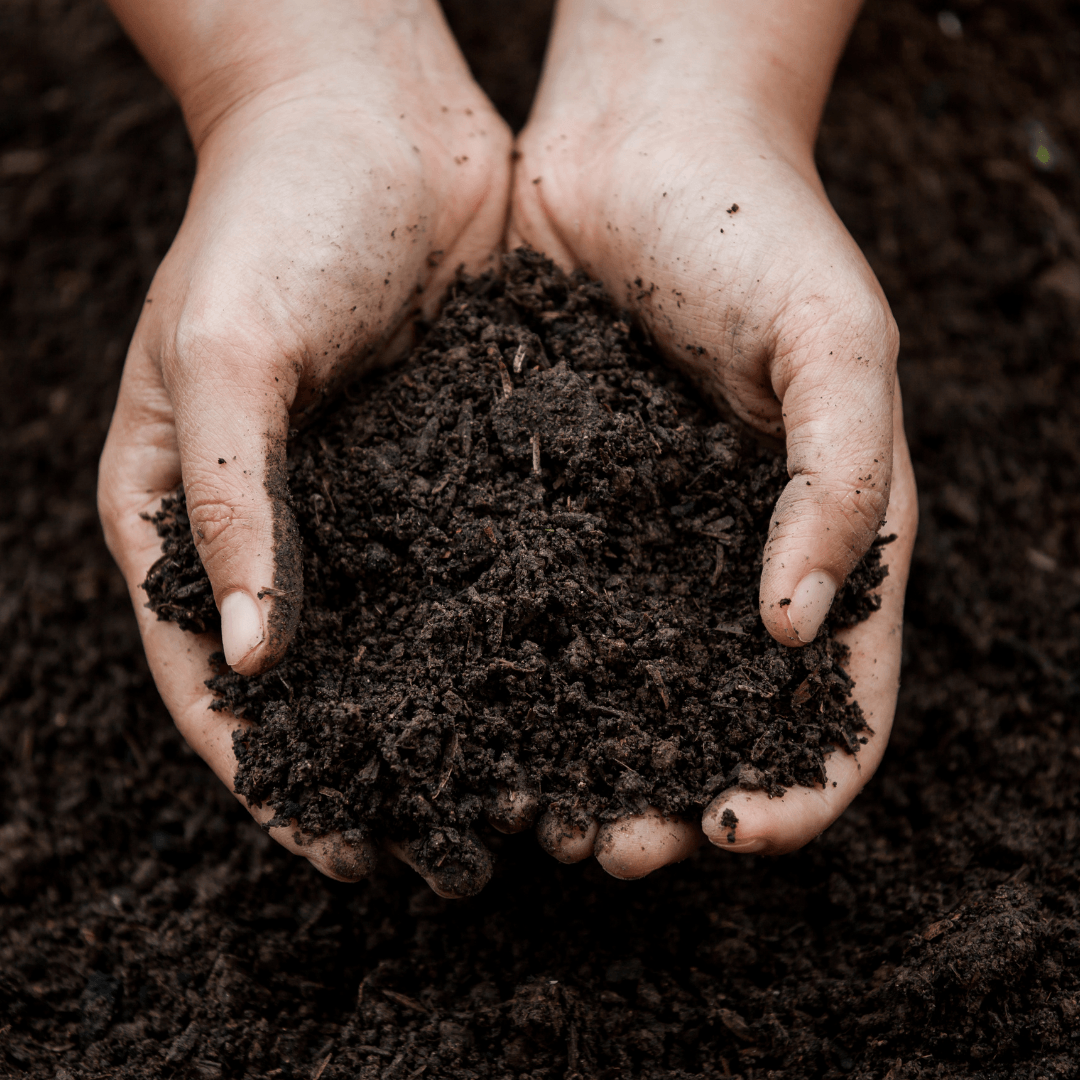
2. Understanding Soil For Successful Gardening
Soil health is the cornerstone of successful gardening, serving as the foundation upon which plants thrive and flourish.
Understanding the intricacies of soil composition and fertility is essential for cultivating a vibrant garden ecosystem.
Healthy soil teems with life, from microscopic organisms like bacteria and fungi to earthworms and other beneficial insects, all working together to create a fertile environment for plant growth.
To assess your soil, start with a simple observation—look for signs of soil texture, drainage, and colour.
Conduct a soil test to analyze nutrient levels and pH. This will provide valuable insights into your soil's composition and potential deficiencies.
Once you understand your soil's needs, you can improve its health through organic amendments like compost, aged manure, and mulch, which enrich the soil with essential nutrients and organic matter.
Incorporating soil-building practices such as crop rotation and cover cropping further enhances soil structure and fertility, fostering a thriving ecosystem that supports healthy plant growth and resilience against pests and diseases.
Nurturing the health of your soil will lay the groundwork for a bountiful garden that flourishes year after year.
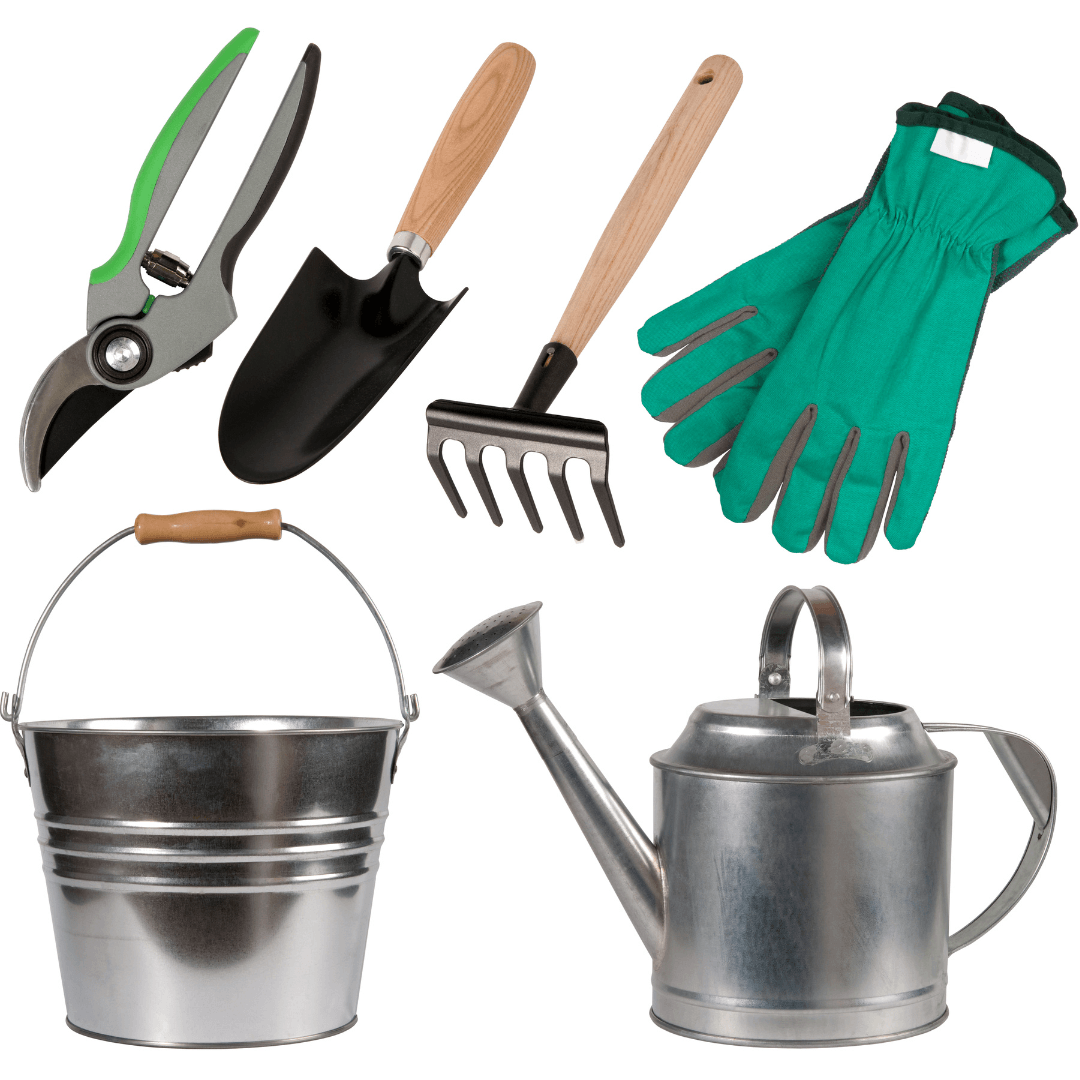
3. Basic Gardening Tools
When starting gardening lessons for beginners, you must familiarize yourself with essential tools like spades, trowels, pruners, and watering cans, which facilitate various tasks such as digging, planting, and maintaining soil health.
Among the essential tools every gardener should have are spades, trowels, pruners, and watering cans. Spades are sturdy, long-handled tools for digging, planting, and turning soil.
They come in various sizes and shapes to suit different tasks, from breaking ground for a new garden bed to transplanting shrubs.
Conversely, trowels are smaller handheld tools with pointed blades and ergonomic handles, perfect for tasks like transplanting seedlings, digging small holes, or removing weeds.
Pruners or pruning shears are essential for keeping plants healthy and symmetrical. Use them to carefully gather fruits and flowers, shape shrubs, and cut overgrown or dead branches.
Finally, a good-quality watering can is essential for delivering water precisely where it's needed, whether watering delicate seedlings, newly transplanted plants, or container gardens.
Look for a watering can with a detachable rose (the spout attachment) for gentle watering, a sturdy handle, and a comfortable grip.
With these essential gardening tools in your arsenal, you'll be well-equipped to tackle a wide range of tasks and nurture your garden carefully, ensuring healthy growth and bountiful harvests season after season.

4. Starting Seeds vs Buying Seedlings In Gardening
Starting plants from seeds and buying seedlings each have their advantages and drawbacks.
Starting seeds allows for a wider variety of plant choices, offering access to unique heirloom varieties and specialty plants not typically found as seedlings.
It's also more cost-effective, especially for those with limited gardening budgets. However, starting seeds requires more time, effort, and attention to detail, as you'll need to provide the right conditions for germination and seedling growth, such as proper temperature, moisture, and light.
On the other hand, buying seedlings provides a convenient head start, allowing you to skip the early germination and seedling care stages.
This can particularly benefit beginners or those with limited time and space. However, seedlings are often more expensive than seeds and may have limited variety compared to starting from scratch.
Choosing between starting seeds and buying seedlings depends on your gardening goals, budget, and available time and resources.
Proper care and attention are essential for healthy plant growth and successful gardening outcomes, regardless of your chosen method.
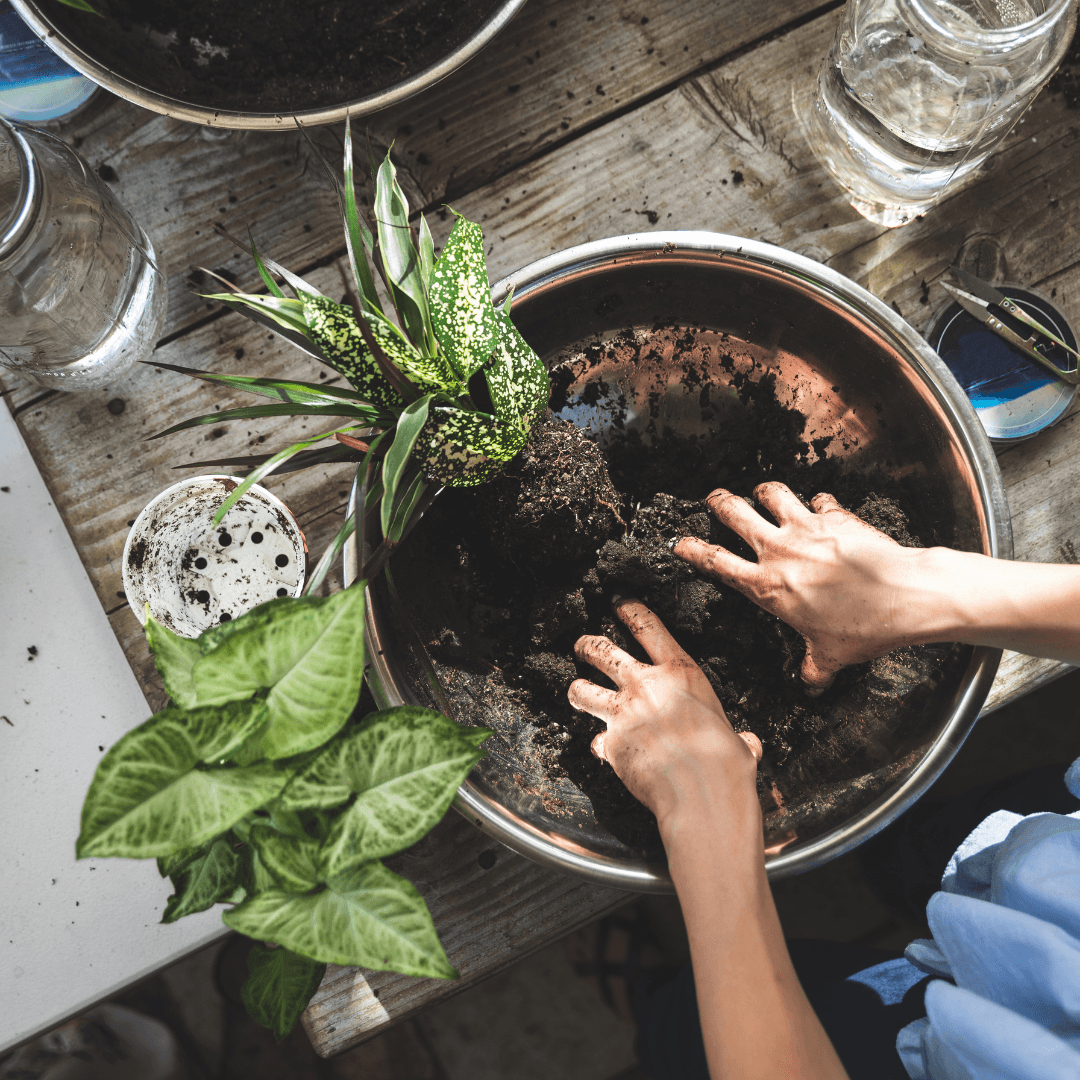
5. Planting Techniques For Your Garden
Planting seeds, seedlings, bulbs, and transplants correctly ensures optimal growth and success in your garden. When planting, follow the seed packet's planting depth and spacing guidelines.
To prepare the soil, loosen it using a trowel or garden fork. Then, make holes or furrows at the suggested spacing.
Place the seeds into the holes or furrows, fill the spaces with dirt, and lightly pat the surface. Give the soil plenty of water and maintain constant moisture until the seeds sprout.
Dig a hole slightly bigger than the plant's root ball and carefully remove the seedling from its container, not damaging the roots. Thoroughly water to aid in soil settling and air pocket removal.
When planting bulbs, dig a hole to the recommended depth, usually two to three times the bulb's diameter.
The bulb should be inserted into the hole with its pointed end pointing up. Thoroughly cover the bulb with dirt and water.
Dig a hole marginally bigger than the root ball for transplants, then carefully remove the plant from its container and plant it in the hole at the same depth as before.
Backfill with soil, firm it gently, and water thoroughly to help the plant establish itself in its new location.
These proper planting techniques give your plants the best possible start for healthy growth and abundant blooms or harvests.
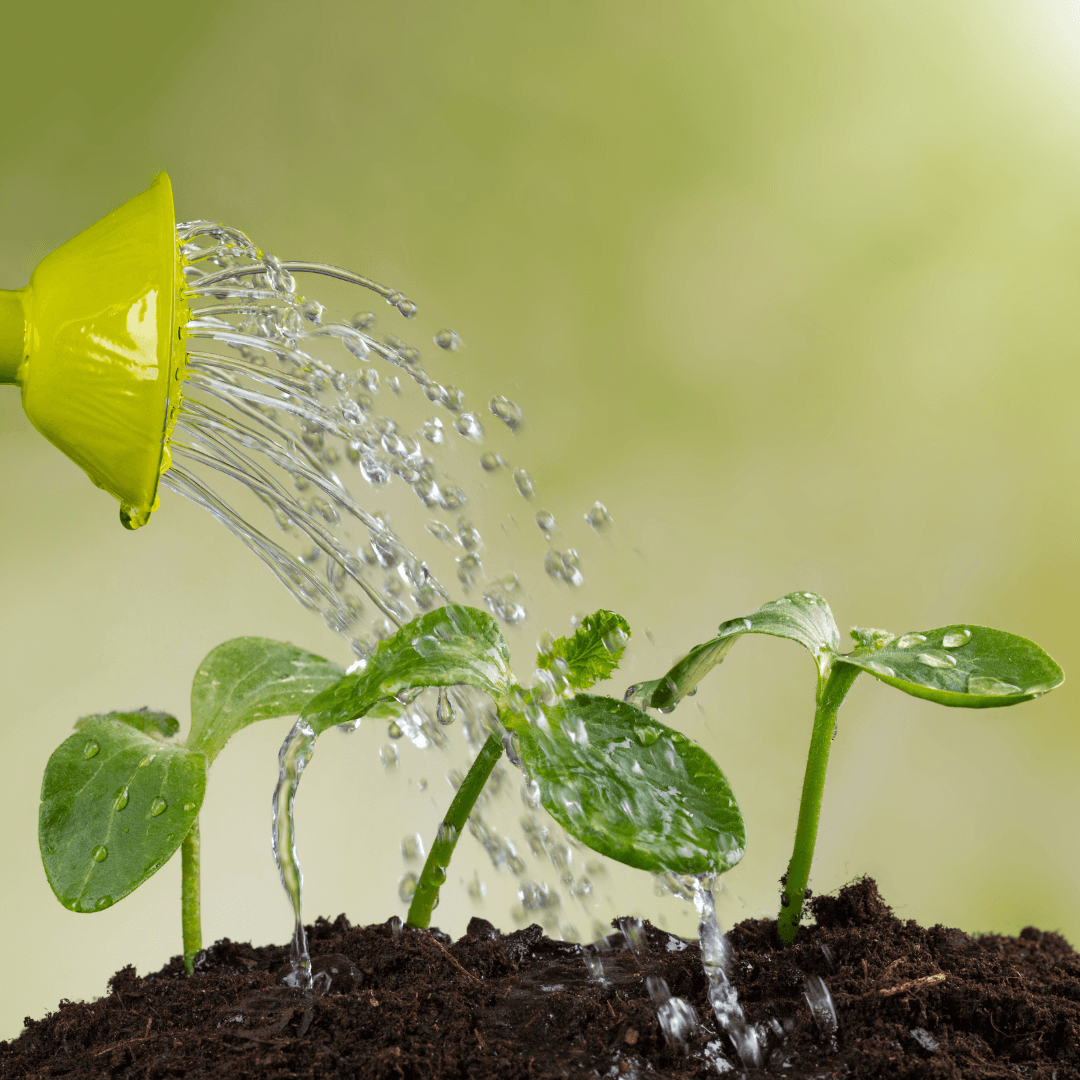
6. Watering Techniques For Your Garden
In gardening lessons for beginners, mastering proper watering techniques—such as watering deeply and infrequently, preferably in the morning—plays a crucial role in fostering the health and vitality of plants while minimizing the risk of fungal diseases.
The key is to water deeply and infrequently, allowing the roots to establish and grow strong. Watering in the morning reduces evaporation and gives plants time to dry off before cooler evening temperatures, which helps prevent fungal diseases.
To prevent the growth of fungi, water the base of the plant rather than the foliage. Use a drip irrigation system, hose with nozzle adapter, or watering can for accurate watering.
To determine when to water, stab your finger into the soil to check the moisture content. If it feels dry a few inches below the surface, it's time to water.
Because different plants demand varying amounts of water, modify your watering schedule accordingly.
Vegetables and annual flowers typically need more frequent watering, while established trees and shrubs may require less.
During hot weather or periods of drought, monitor soil moisture closely and water as necessary to prevent dehydration.
Your plants will remain healthy and flourishing throughout the growing season if you can effectively water them.
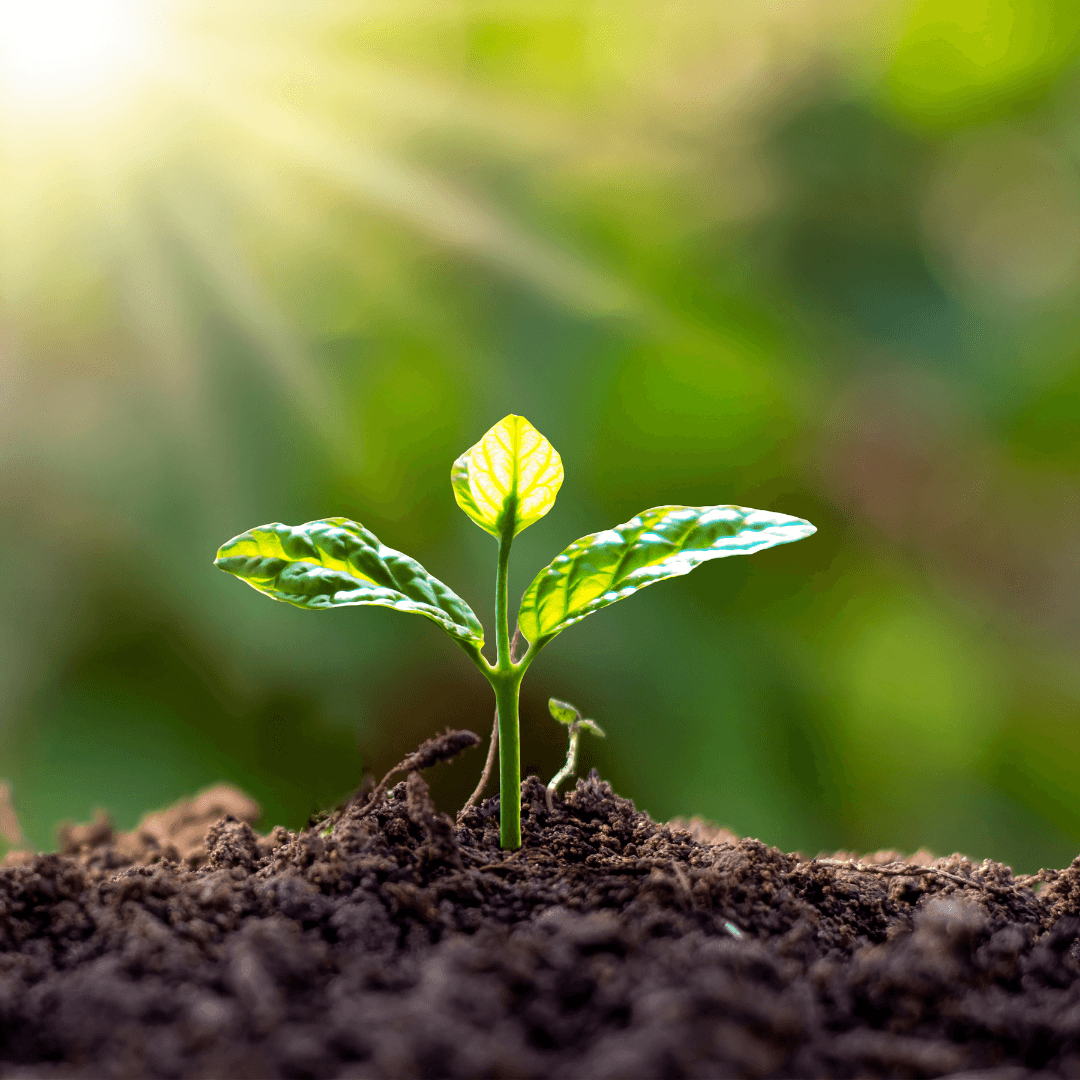
7. Sunlight And Shade Requirements In Gardening
Sunlight is like fuel for plants, essential for their growth, photosynthesis, and overall health. It's the energy source that powers the conversion of water and carbon dioxide into sugars, which plants use as food to fuel their growth and development.
Without adequate sunlight, plants may become weak and leggy or fail to produce flowers and fruit.
Determining the sunlight requirements of different plants is crucial for placing them in the right spot in your garden.
Most plants fall into one of three categories: full sun, partial sun/part shade, or full shade. Full-sun plants do best in bright, sunny areas and need six to eight hours of direct sunshine daily.
Partial sun/part shade plants prefer a balance of sun and shade, thriving in areas that receive a few hours of direct sunlight daily.
Full-shade plants can tolerate little to no direct sunlight, thriving in shaded areas or dappled light.
To determine a specific plant's sunlight requirements, refer to its care instructions or consult gardening resources.
Observing your garden throughout the day can also help identify sunny and shady spots, allowing you to match plants with the right light conditions for optimal growth.
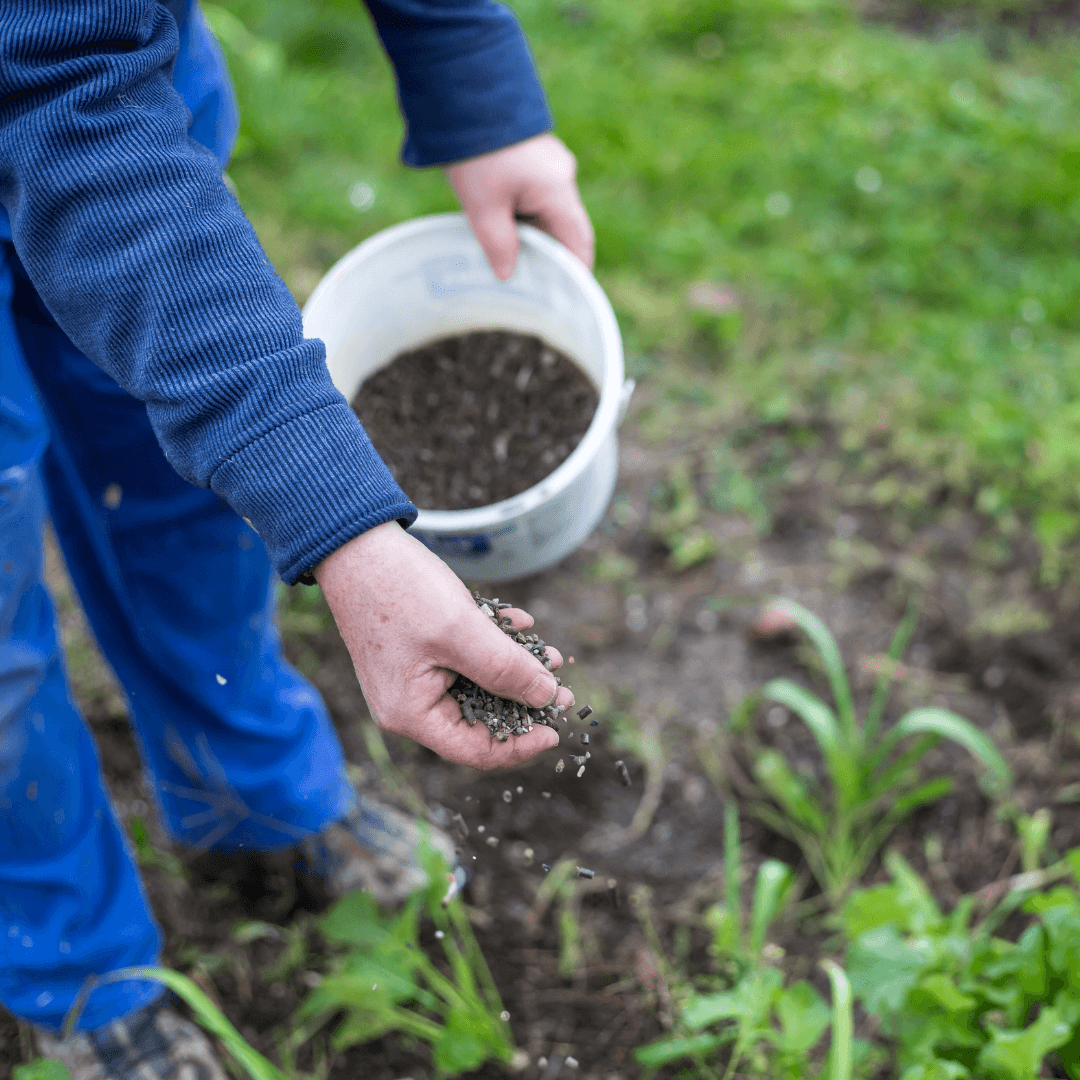
8. Fertilizing Techniques For Your Garden
Fertilizing is akin to providing a balanced diet for your plants, ensuring they receive the essential nutrients needed for robust growth and vitality.
Understanding the basics of fertilizing involves knowing the three primary nutrients—nitrogen, phosphorus, and potassium—and their roles in plant health.
Organic, liquid, and granular fertilizers are among the different kinds available. While liquid fertilizers enable quick absorption and are appropriate for regular feeding, granular fertilizers are slow-release and best used for long-term nitrogen provision.
Organic fertilizers, such as compost or manure, enhance the soil's long-term health by providing nutrients and organic matter. You can even make natural fertilizers for flowers, vegetables, fruit and herbs.
When applying fertilizers, it is crucial to follow the manufacturer's instructions and avoid over-fertilization, as this can harm plants and leach nutrients into the environment.
Apply fertilizers evenly and water thoroughly afterward to prevent burning and ensure proper absorption.
Additionally, consider the specific needs of different plants—some may require particular fertilizer formulations or application methods.
By fertilizing thoughtfully and responsibly, you'll nourish your plants effectively while promoting a healthy, sustainable garden ecosystem.
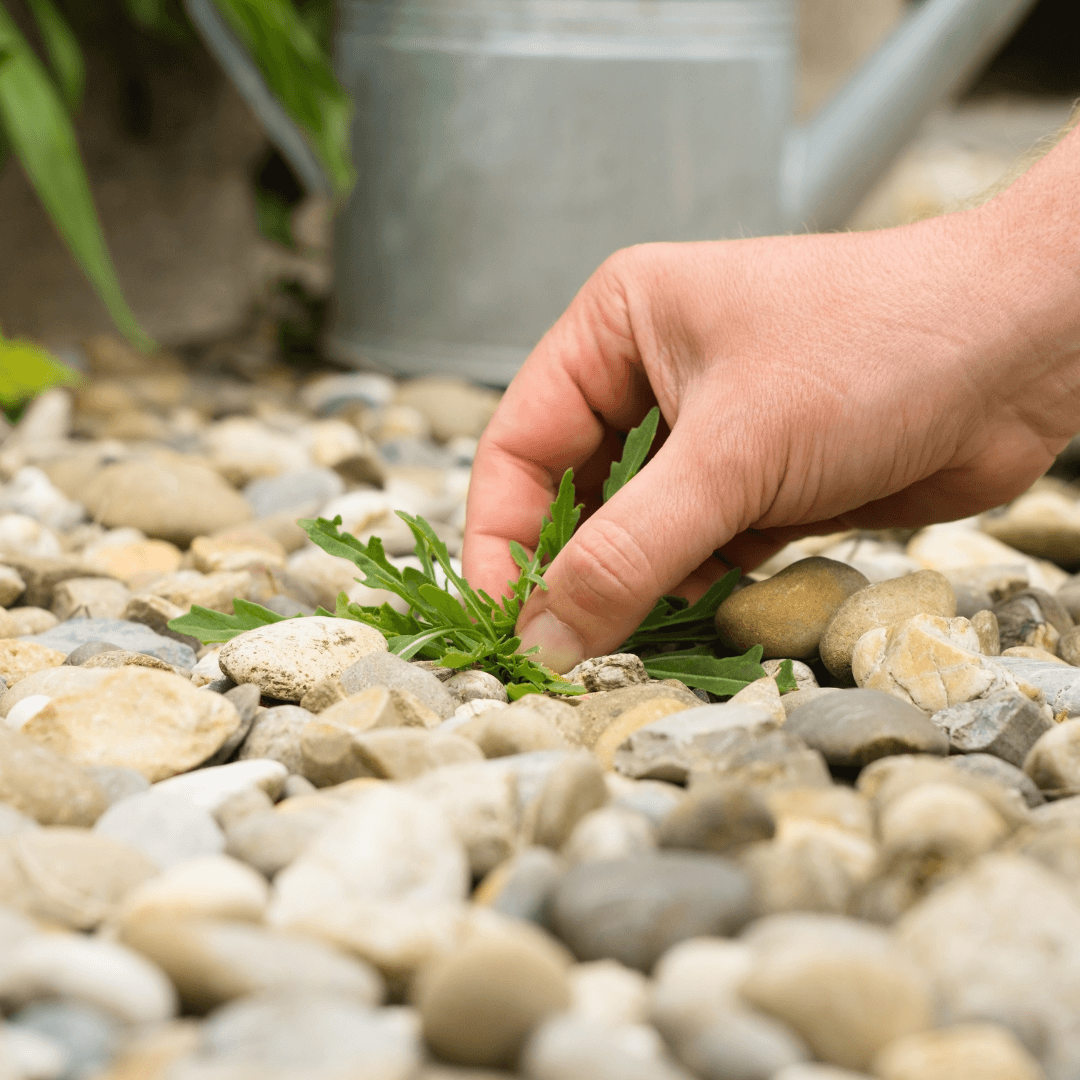
9. Weeding And Pest Control For A Healthy Garden
Managing weeds and pests in the garden can be challenging. In beginners' gardening lessons, adopt eco-friendly practices to control them.
Mulching and regular hand-pulling of weeds promote a healthy garden ecosystem while minimizing harm to beneficial organisms and the environment.
Use methods like mulching with organic materials like wood chips or straw to suffocate weeds and retain soil moisture to manage weeds.
Hand-pulling weeds regularly, especially when young, can prevent them from spreading and competing with your plants for nutrients and water.
For pest control, encourage natural predators like ladybugs, lacewings, and birds by providing habitat and avoiding broad-spectrum pesticides that can harm beneficial insects.
To target specific pests while minimizing collateral damage, use insecticidal soaps, neem oil, or homemade remedies like garlic spray.
Companion planting with pest-repellent herbs and flowers can also help deter pests and promote biodiversity in the garden.
By embracing these eco-friendly strategies, you'll cultivate a balanced garden ecosystem where plants can thrive while maintaining harmony with nature.

10. Mulching For A Healthy Garden
Mulching is a gardener's secret weapon, offering many benefits to your garden's overall health and productivity.
Mulch is a natural barrier covering the soil's surface with inorganic or organic material. This stabilizes the soil temperature and reduces evaporation, which helps preserve moisture.
This moisture retention is especially crucial during hot summer or dry climates, as it reduces the need for frequent watering and promotes more resilient plants.
Furthermore, mulch serves as a formidable opponent against weeds, smothering unwanted growth and minimizing the need for manual weeding.
As the mulch breaks down, it enriches the soil with organic matter, improving soil structure, fertility, and microbial activity.
To apply mulch effectively, spread a layer of material such as shredded leaves, straw, or wood chips around your plants, leaving a small gap around the stems to prevent rot.
Aim for a 2-4 inch thickness for optimal results, ensuring thorough coverage while allowing for air and water penetration.
With its myriad benefits, mulching is a simple yet powerful technique for nurturing a thriving garden ecosystem while reducing maintenance tasks and conserving precious resources.
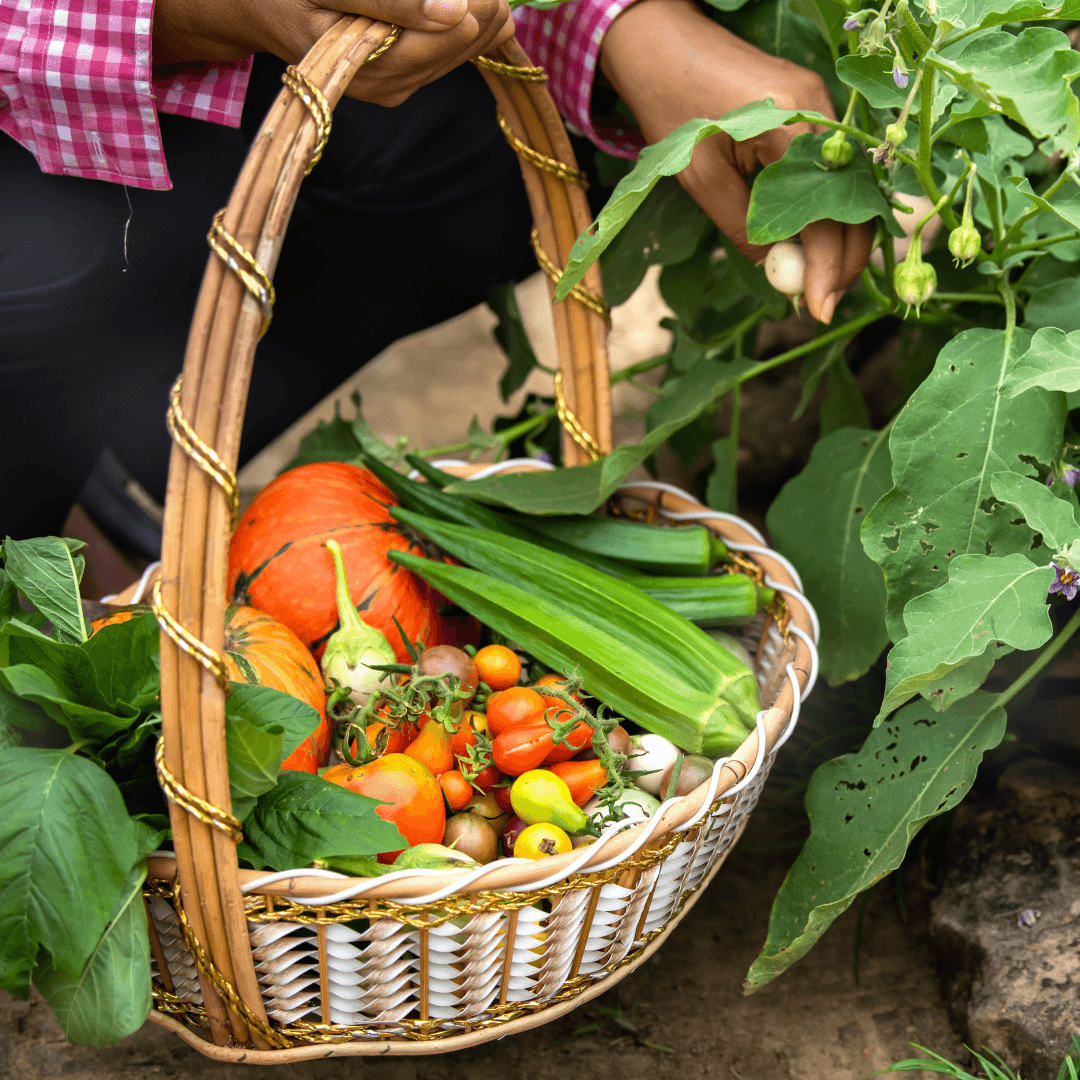
11. Harvesting And Enjoying The Fruits Of Your Labour
As you venture into gardening, one of the most delightful experiences awaits you: harvesting the fruits of your labour and relishing your accomplishments' joy.
Knowing that you nurtured them from seed to fruition, there's nothing quite like the satisfaction of plucking ripe tomatoes, crisp lettuce, or vibrant flowers from your garden.
Take the time to savour the flavours and aromas of your homegrown produce, indulging in the freshness and quality that only a garden can provide.
In gardening lessons for beginners, it's important to recognize the joy of sharing your garden's abundance with loved ones, fostering connections and enriching lives through the fruits of your labour.
From backyard barbecues to intimate gatherings, let your garden be a source of pride and generosity, enriching the lives of others with the fruits of your labour.
So embrace the harvest season with open arms and celebrate the blessings your garden has bestowed upon you.
Conclusion
In concluding gardening lessons for beginners, remember that cultivating a garden is about growing plants and nurturing life, fostering resilience, and creating beauty in the world around you.
This article explored the essential lessons and practices to help newcomers lay the groundwork for successful gardening endeavours.
As you dig your hands into the soil and watch your garden flourish, remember that gardening is about growing plants and nurturing life, fostering resilience, and creating beauty in the world around you.
Therefore, embrace the adventure with curiosity, patience, and awe—whether turning your backyard into a lush sanctuary or starting a tiny container garden on your balcony.
Each season, you'll learn and grow alongside your garden, reaping the rewards of your efforts and finding solace and joy in tending to the earth.
Welcome to the wonderful gardening world, where every seed planted promises possibility, and every bloom is a testament to the power of nature's beauty. Happy gardening!
I trust you enjoyed this article on the Best Gardening Lessons For Beginners. Please stay tuned for more blog posts soon. Take care!
JeannetteZ
>>>Please click here to read my all-inclusive article about Container Gardening<<<
>>>Are you interested in homegrown herbs and medicine? Please click here to find out more about it!<<<
Your Opinion Is Important To Me
Do you have thoughts, ideas, or questions? I would love to hear from you. Please leave me your questions, experiences, and remarks about this article on the Best Gardening Lessons For Beginners in the comments section below. You can also reach me by email at Jeannette@Close-To-Nature.org.
Disclosure
This post may contain affiliate links. I earn from qualifying purchases as an Amazon Associate and other affiliate programs. Please read my full affiliate disclosure.
You might also enjoy these blog posts:
Simple Ways To Grow Radishes In Containers
7 Steps Of Growing Beans In Containers
10 Easy Steps Of Growing Cucumbers In Containers
Find The Best Fruit For Container Gardening
12 Best Flowers To Grow In Your Container Garden



